As I stepped into the solemn halls of the Orlando Science Center, a profound sense of anticipation mingled with a touch of trepidation. The exhibition featuring Pompeii promised a journey through time, an exploration of an ancient city both advanced and heartbreakingly tragic. The juxtaposition of Pompeii’s achievements and its eventual annihilation seemed to hang palpably in the air. Each artifact and preserved remnant whispered stories of an era long past, leaving an indelible mark on my soul. It was a narrative that spoke of ingenuity, of human triumphs, and of the inexorable force of nature. In the heart of this once-vibrant city, I discovered marvels that defied my expectations.
Pompeii’s ingenious use of braziers for heating struck me as a testament to their architectural sophistication. The knowledge to harness fire for warmth, to create a comfortable haven within their walls, spoke volumes about their commitment to progress and well-being.
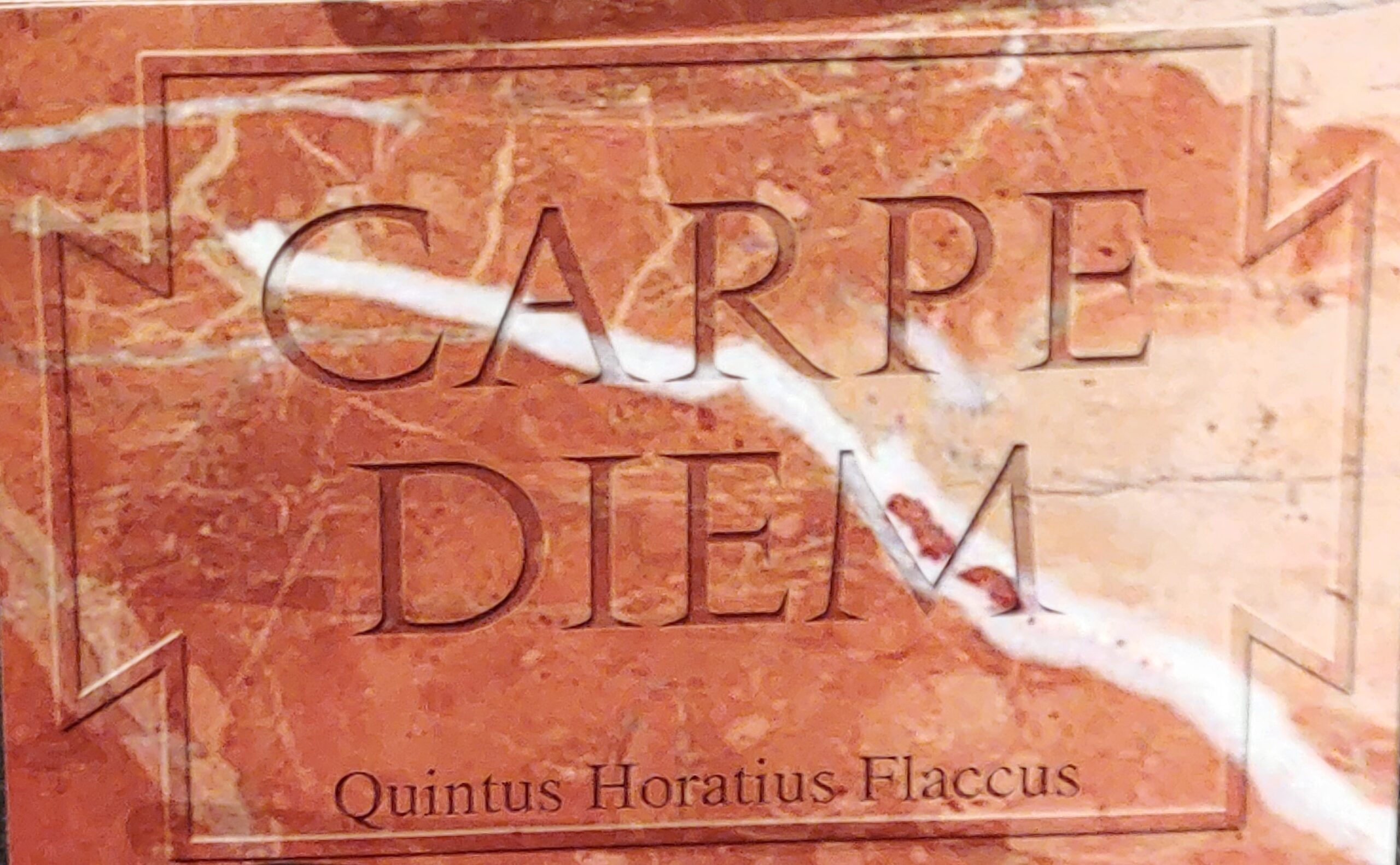
Pompeii’s legacy
Central to Pompeii’s legacy is its advanced urban planning. The city streets, meticulously laid out in a grid, demonstrated a foresight that belied its time. Raised sidewalks and stepping stones for pedestrians were evidence of a society that understood the value of accessibility, even in times of inclement weather. This cityscape, with its strategic forethought, laid the foundation for the prosperity that would define Pompeii. Yet, it was in the private dwellings and public spaces that Pompeii truly shone. The innovative hypocaust system, a marvel of ancient engineering, brought centralized heating to homes and bathhouses. By raising the floors on pillars and circulating hot air underneath, Pompeiians could enjoy a level of comfort that was unprecedented in their era. This feat of urban comfort was not confined to the elite; it permeated the very fabric of daily life. Pompeii’s mastery extended beyond mere creature comforts. Their water supply system, comprising aqueducts and lead pipes, was an engineering marvel. It ensured a steady flow of fresh water, a lifeline for sustenance, sanitation, and recreation. The city’s understanding of timekeeping was equally commendable.
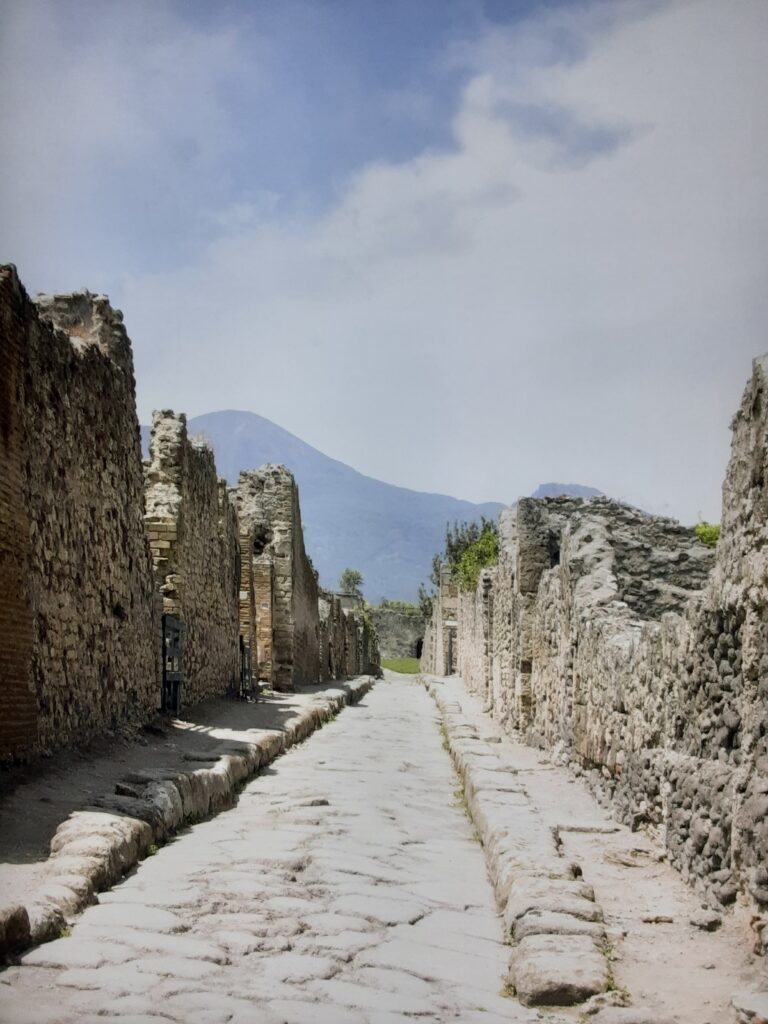
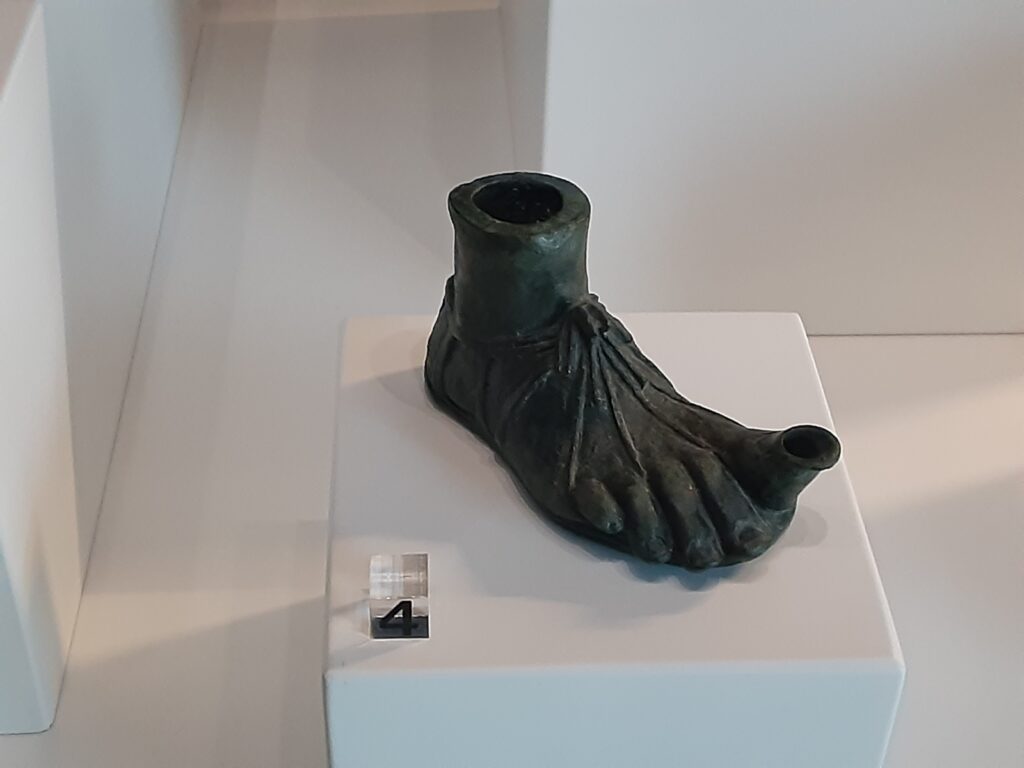
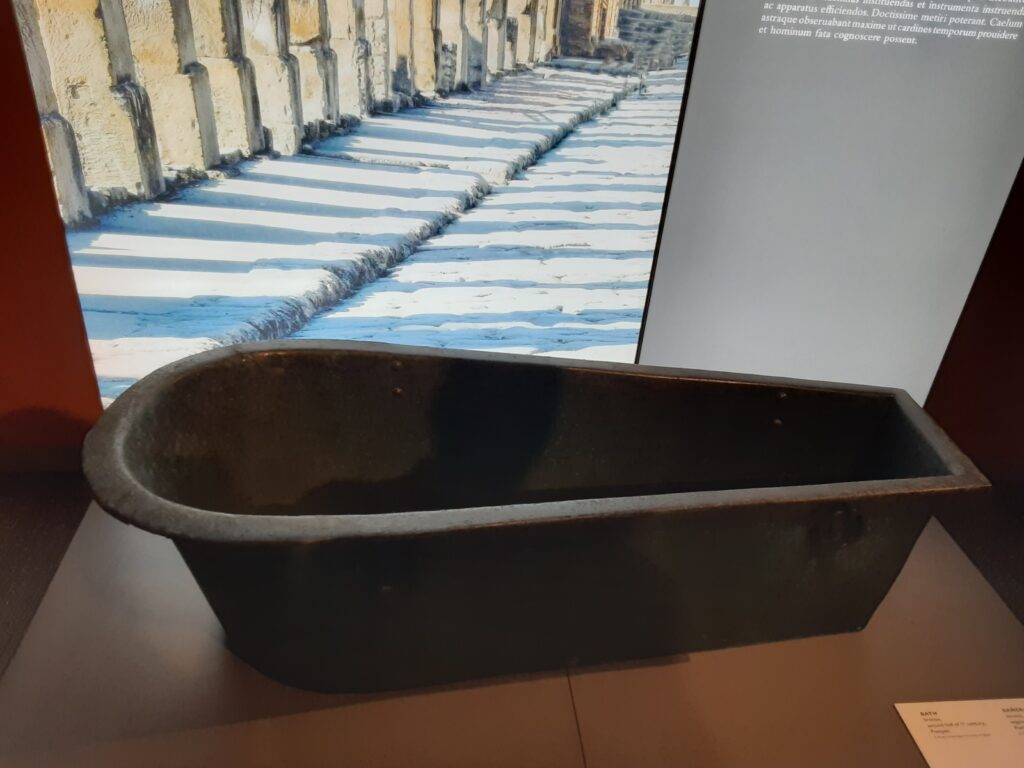
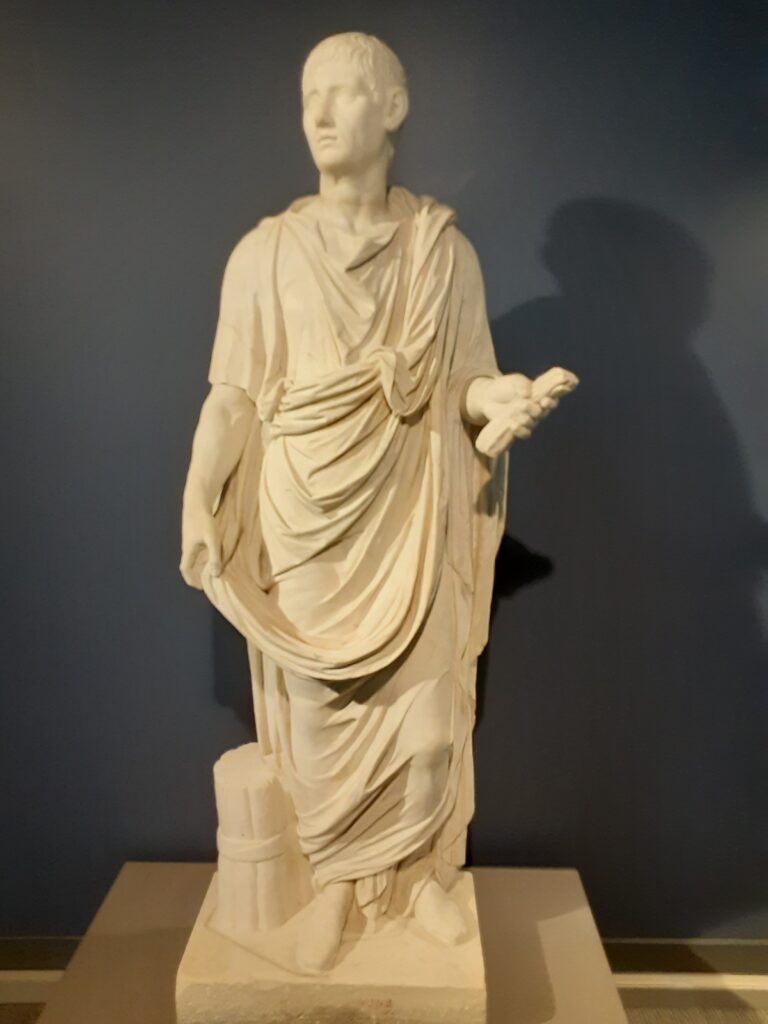
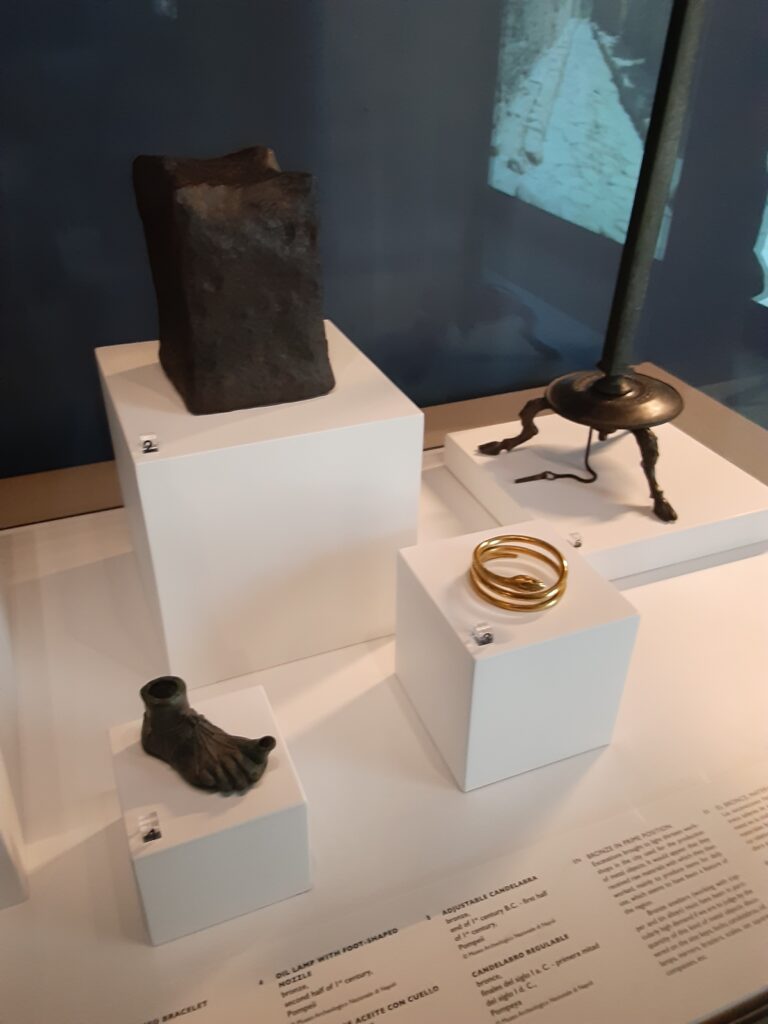
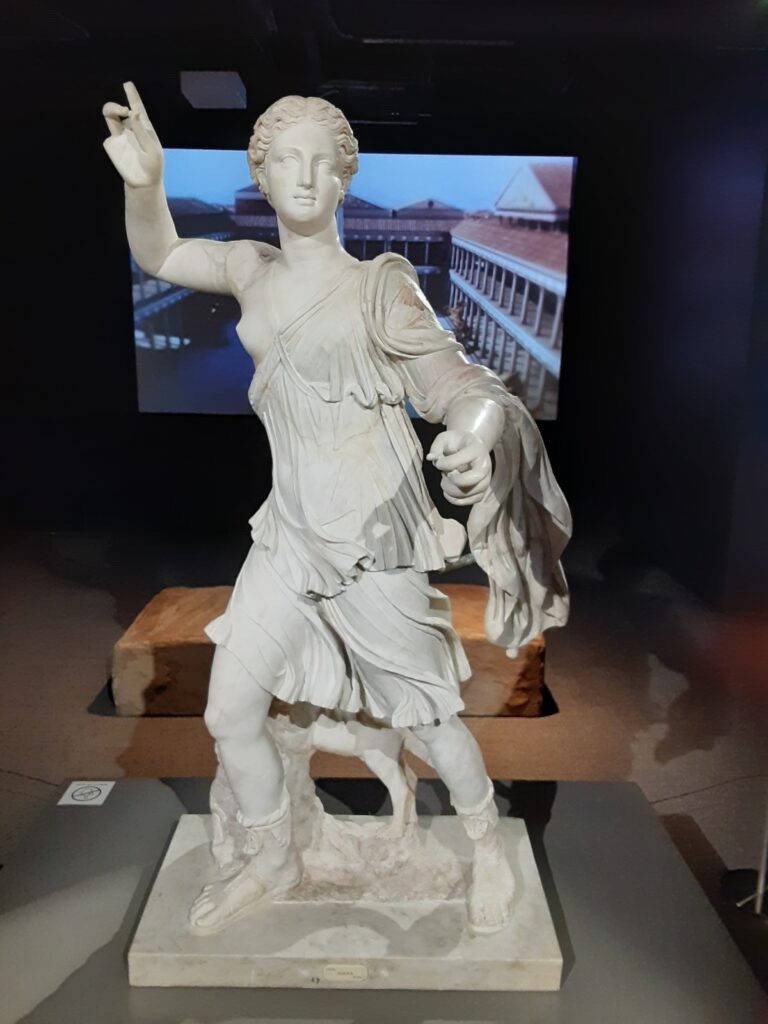
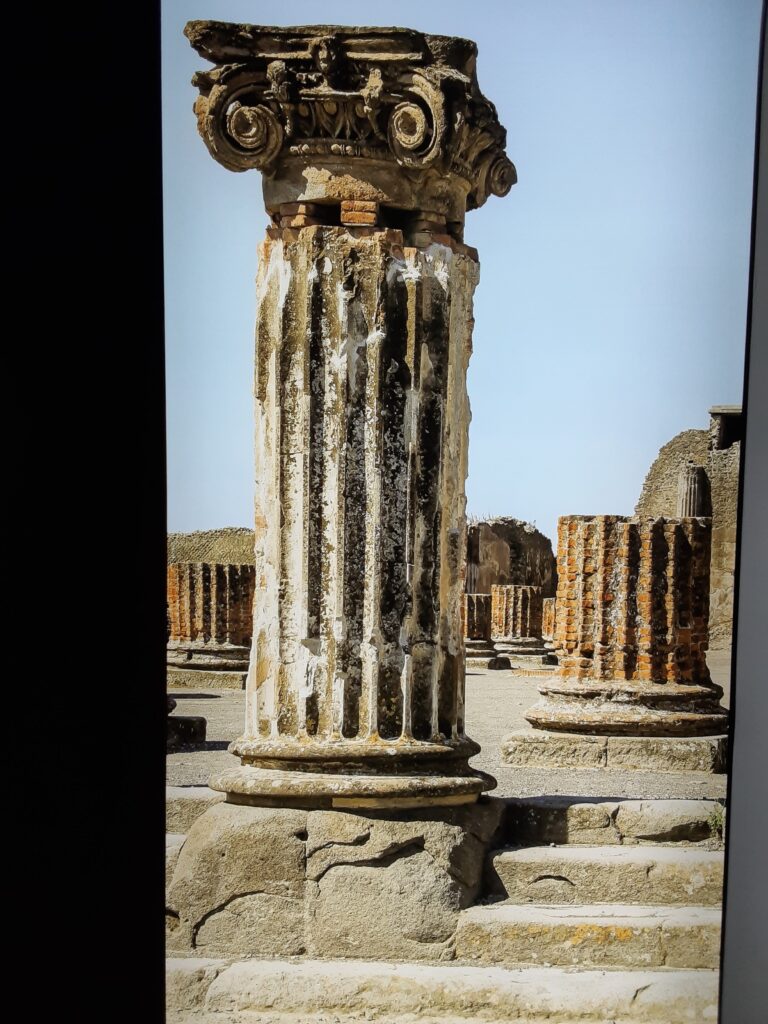
Sundials and water clocks adorned Pompeii, a testament to their meticulousness in measuring the passage of time. The city’s aesthetic prowess was equally striking. Elaborate frescoes and mosaics adorned homes, each a canvas of vibrant colors and intricate detail. These artistic expressions not only captured the essence of daily life but also provided a window into the spiritual and mythological beliefs of the inhabitants. It was a city that celebrated not only the practical, but also the profound. Yet, Pompeii’s true marvel was its multicultural tapestry. Situated as a thriving port city, it became a melting pot of languages, with Latin and Greek both being spoken. Signs and inscriptions bore testament to this linguistic diversity. The city’s strategic location also facilitated a bustling trade network, where exotic goods and luxury items flowed in from all corners of the Roman Empire. Pompeii was not merely a collection of structures; it was a testament to the intellectual and physical pursuits of its residents. Educational institutions, including a gymnasium, were central to the city’s identity. Here, the youth were groomed in both mind and body, a reflection of a society that valued holistic development.
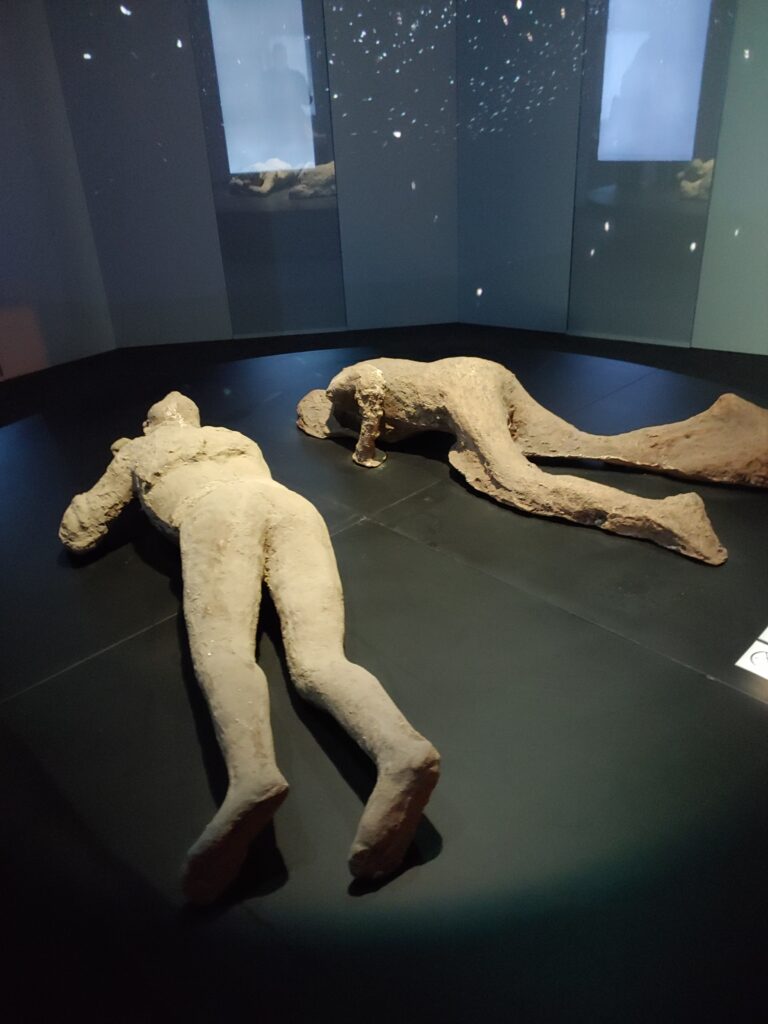
The Tragic Annihilation
Yet, as history would have it, Pompeii’s brilliance was eclipsed by the cruel hand of fate. The eruption of Mount Vesuvius in 79 AD was an event of cataclysmic proportions, unleashing a force of nature that would forever alter the course of the city’s existence. The skies darkened, and the very air became charged with an impending sense of doom. As Vesuvius spewed forth its fiery fury, the once vibrant streets of Pompeii were engulfed in a torrential downpour of ash, pumice, and molten rock.
In the wake of this violent onslaught, lives were abruptly cut short, dreams left unfulfilled, and a once-thriving civilization was forever frozen in time. Families, merchants, artisans – all were caught in a desperate struggle for survival amidst the chaos. The air grew thick with the acrid scent of burning stone, and the ground quaked beneath their feet. Panic and despair swept through the city, as its inhabitants sought refuge, shelter, and solace in the face of an unimaginable catastrophe. In the span of a single day, Pompeii, with all its achievements and aspirations, met its inexorable fate. The city that had once reverberated with the sounds of bustling markets, vibrant discussions, and the laughter of children, now lay shrouded in a sepulchral silence. The once busy thoroughfares were transformed into eerie, ash-laden alleys, where the only echoes were those of the wind whispering through the desolation.
As I observed the artifacts at the exhibition, I couldn’t help but feel a profound sense of sorrow and empathy for those who had once called Pompeii home. Their stories, their hopes, and their fears had been forever immortalized in the layers of volcanic ash that enshrouded them. The tragedy of Pompeii was not just a historical event, but a poignant testament to the vulnerability of humanity in the face of nature’s awesome power.
The Haunting Testimony of Burned Bodies
The exhibition held a poignant reminder of this cataclysm – the haunting imprints of Pompeii’s residents, forever etched in ash. As I gazed upon these preserved figures, frozen in their final moments of rest, a profound sense of both sadness and reverence washed over me. It was as if time had stood still, capturing the agony and resignation of those who once called Pompeii home. Each form told a silent yet powerful story, bearing witness to the harrowing reality of that fateful day. These spectral figures, once vibrant and full of life, now stood as silent sentinels to the past. Their contorted poses and expressions painted a vivid tableau of the chaos and terror that had unfolded. In their enduring repose, they served as a stark reminder of the fragility of human existence. The fine layer of ash that encased them preserved not only their physical forms, but also the profound emotional impact of the disaster. In their silent repose, they spoke volumes about the transient nature of human endeavors. The aspirations, dreams, and daily routines of these individuals were abruptly halted, leaving an indelible mark on the annals of history. It was a solemn testament to the unpredictable and indiscriminate hand of nature’s fury, capable of sweeping away even the most advanced and thriving of civilizations.
As I paid my respects to these preserved souls, a deep sense of connection to the past coursed through me. It was a stark reminder that despite the passage of centuries, the human experience remains a tapestry of shared emotions, aspirations, and vulnerabilities. These figures, forever etched in ash, served as a bridge between epochs, urging us to contemplate the impermanence of our own endeavors and the resilience of the human spirit. Emerging from the exhibition, the weight of history settled upon me. The Latin phrase “Carpe Diem” echoed in my mind – “Seize the Day.” In the wake of Pompeii’s tragic tale, it held newfound significance. It was an exhortation to embrace the present moment, to treasure every fleeting breath, and to recognize the profound impact we have on the world. Pompeii’s story, both heartrending and enlightening, serves as a stark reminder of the ephemeral nature of human existence.
Leaving the exhibition, the weight of history clung to my thoughts. The lesson of Carpe Diem, to seize the day and make each moment count, reverberated with newfound urgency. Pompeii’s legacy, with its triumphs and its tragic end, spoke to the indomitable spirit of humanity. It echoed the importance of cherishing every fleeting breath and leaving a mark that transcends time itself. In the grand tapestry of history, Pompeii’s silent witnesses stand as a poignant reminder that while lives are fragile, the impact we make can be enduring.






